WattaBird! Unlocking the Palette: Breeding African Lovebirds for Mesmerizing Mutations!



Muntinlupa City, Philippines
The featured African LoveBirds Breeder for this week is TwoZero Aviary from Muntinlupa City, Philippines.
TwoZero Aviary currently focuses on breeding Masked LoveBirds and also breeds Opaline LoveBirds. Masked Lovebirds are also known as Black-Masked (Eye-Ring).
"The black masked lovebird (Agapornis personatus) is named after it’s facial coloring, which incidentally looks like a black mask, and is native to central and northern Tanzania although some flocks have been found in Kenya. They usually populate well in wooded grasslands and inland plateaus. First imported in the 1920's they have been bred in captivity and become very popular pet birds across America and Europe. Although numbers in the wild have decreased since they have become more readily imported, the black lovebird is not endangered. Breeding in captivity has led to some variations in color, such as the Fischer’s lovebird, and there are several other popular sub species of lovebird including the peach-faced lovebird." - birdcagesnow.com
If you are interested to learn more about the breeding programs, please comment below.
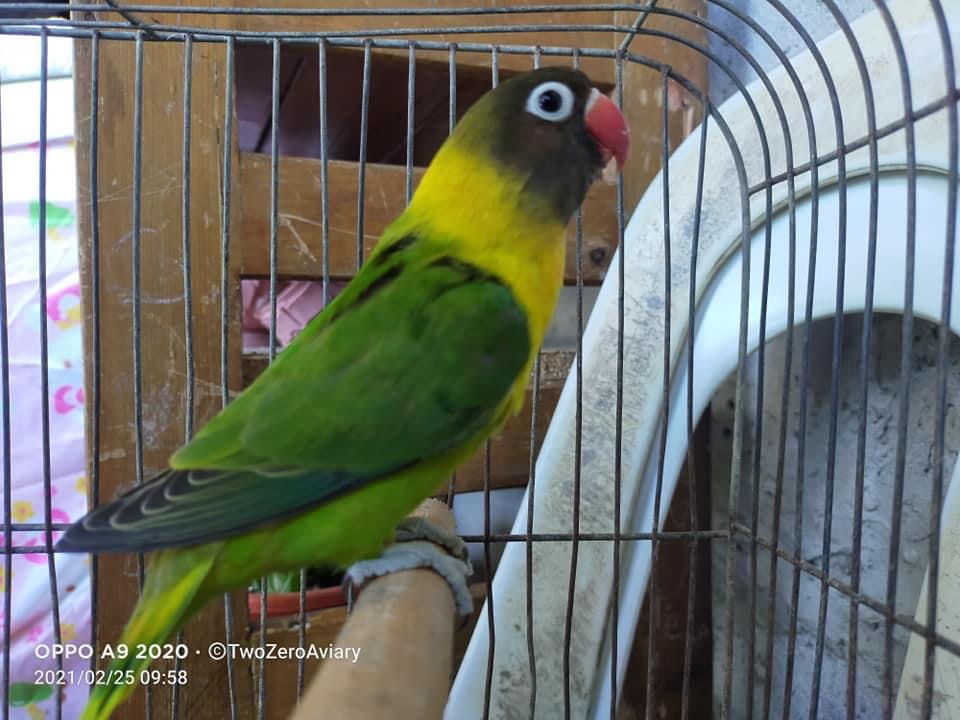






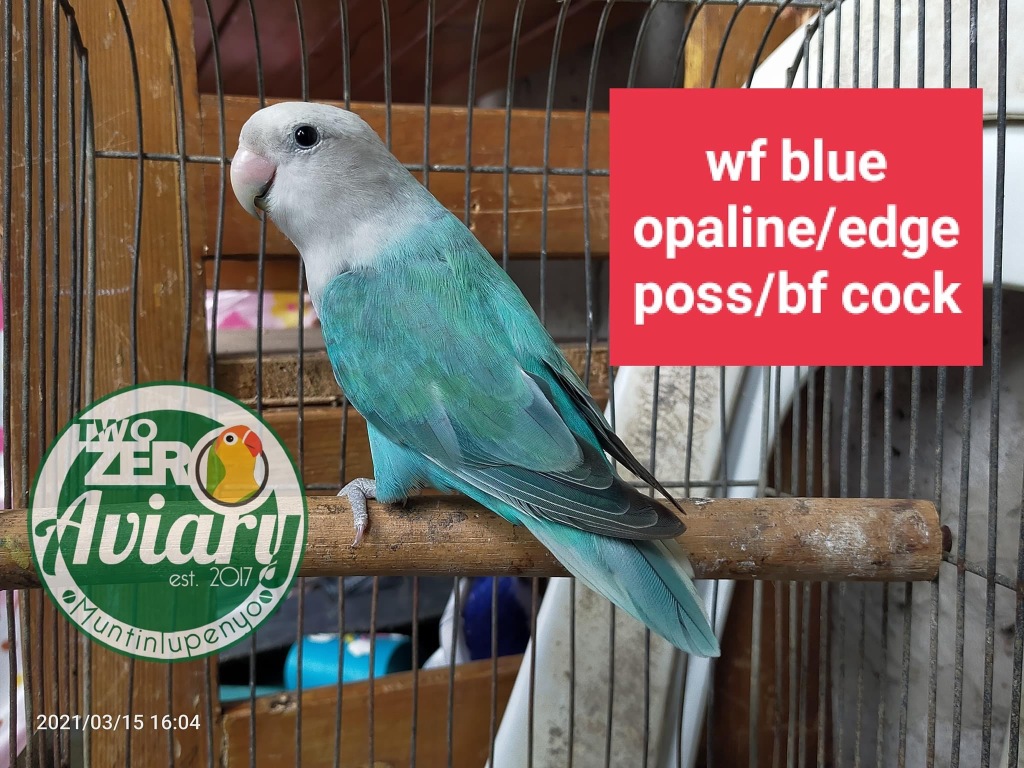



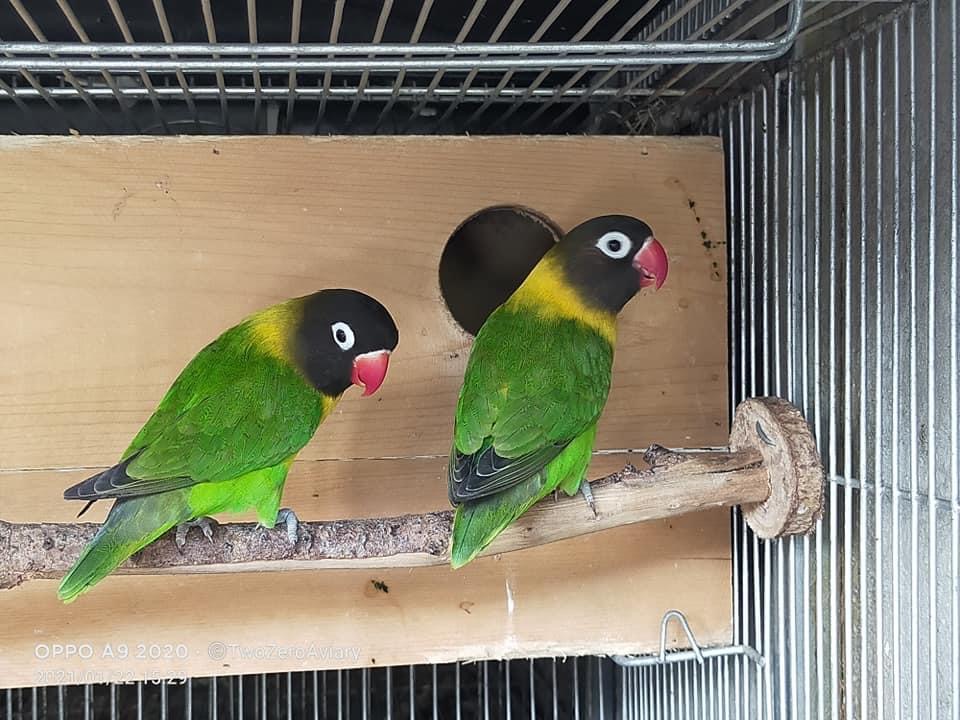


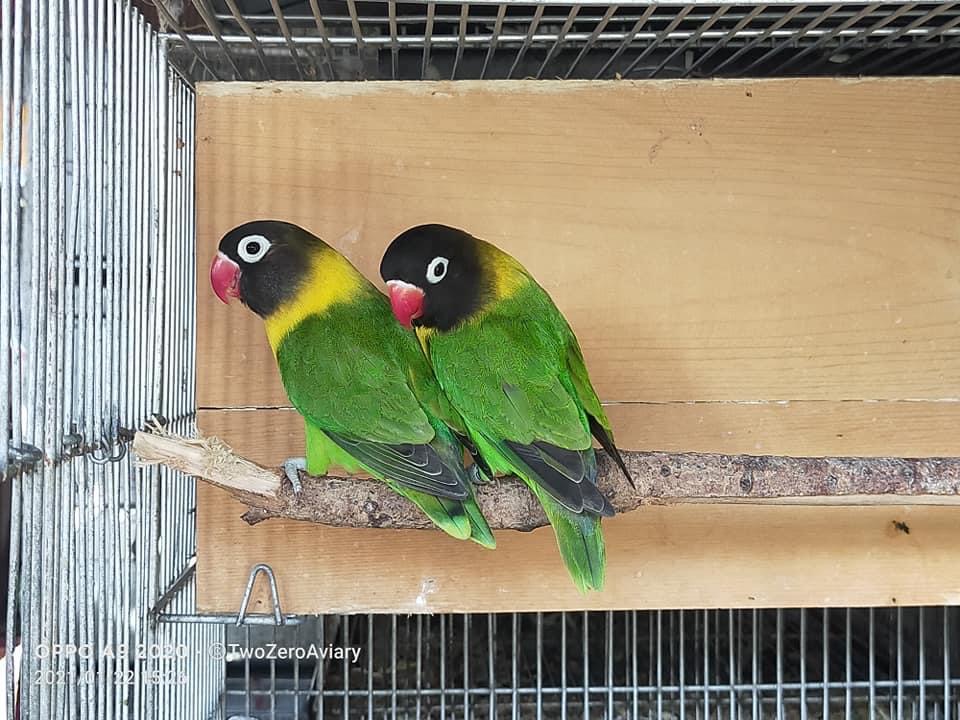

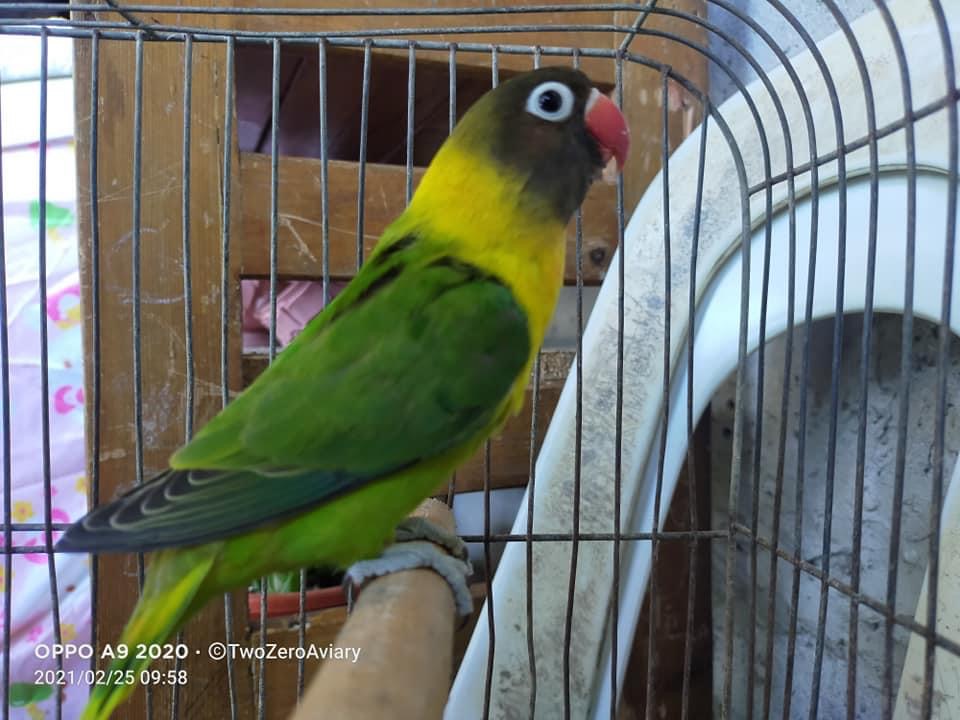


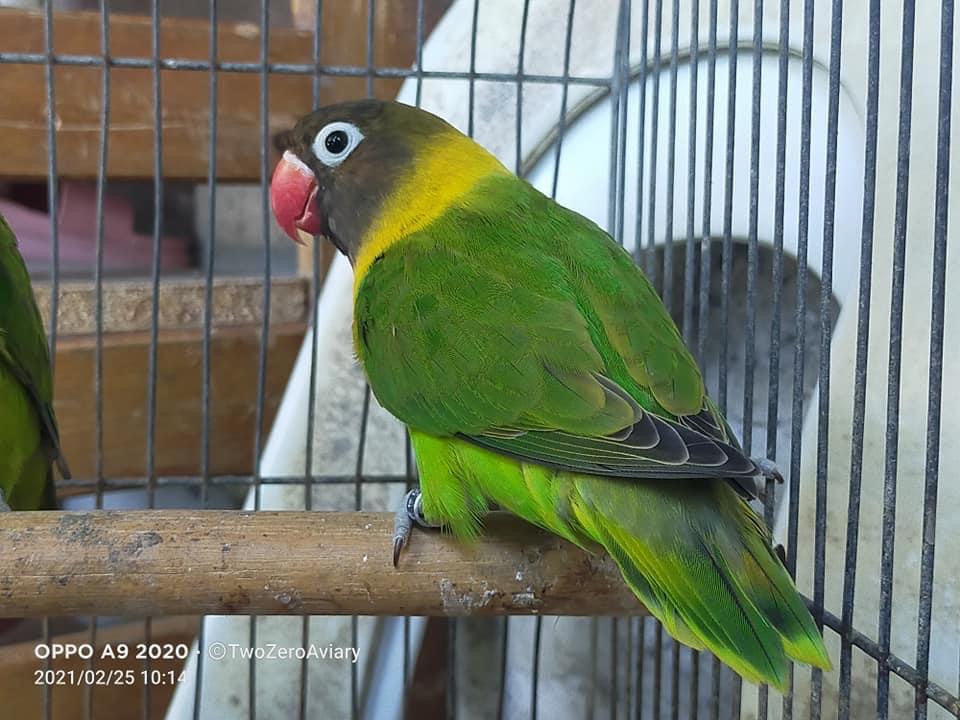
“IMPORTANT! wattabird.com is a personal blog space. Featured articles are published for FREE! In return, the Aviary and Owner grants wattabird.com and the Author permission to use the information and photos used in the article." - wattabird.com
The main objective of wattabird.com is to promote LoveBirds Breeding as a hobby, share breeding experiences, tips, techniques, best practices, and most importantly, to promote camaraderie among LoveBirds Breeders” – wattabird.com
“If you want your aviary to be featured, please contact the content owner by providing a comment with your intent to be featured in wattabird.com.”
WattaBird.com

Reference: birdcagesnow.com
Comments
Post a Comment